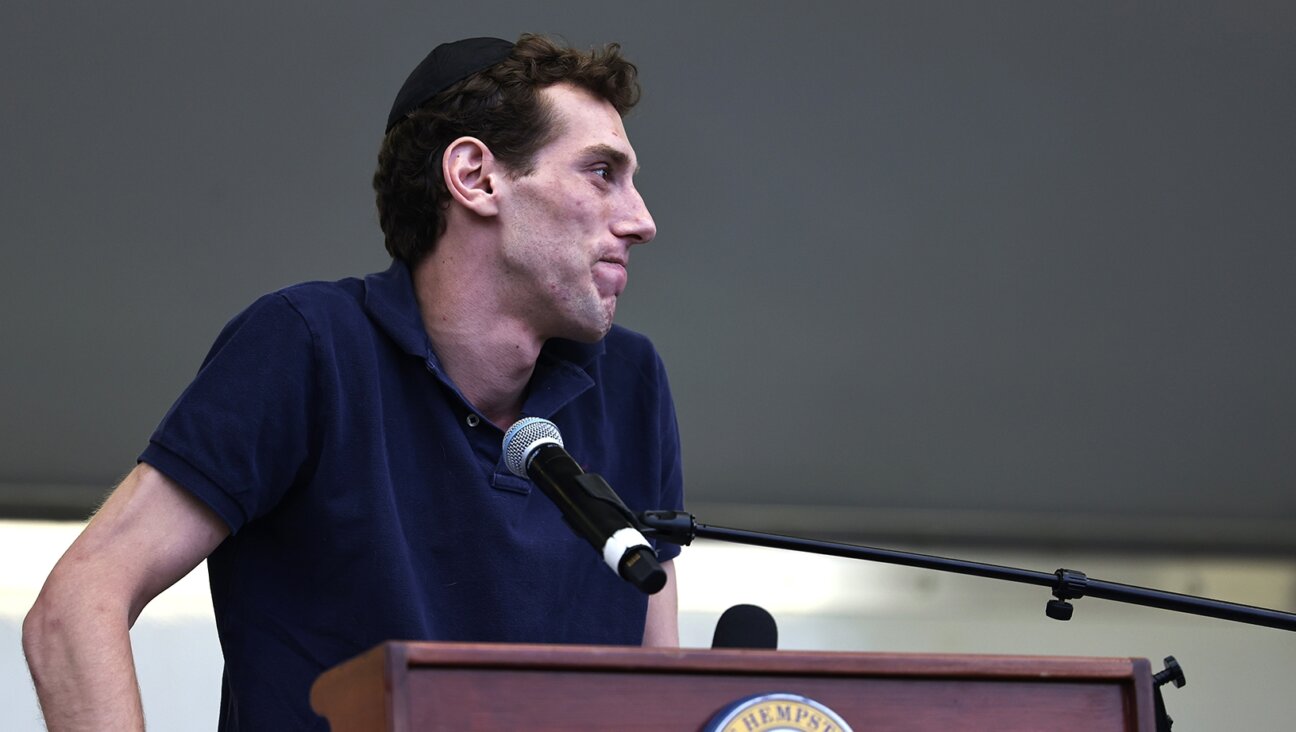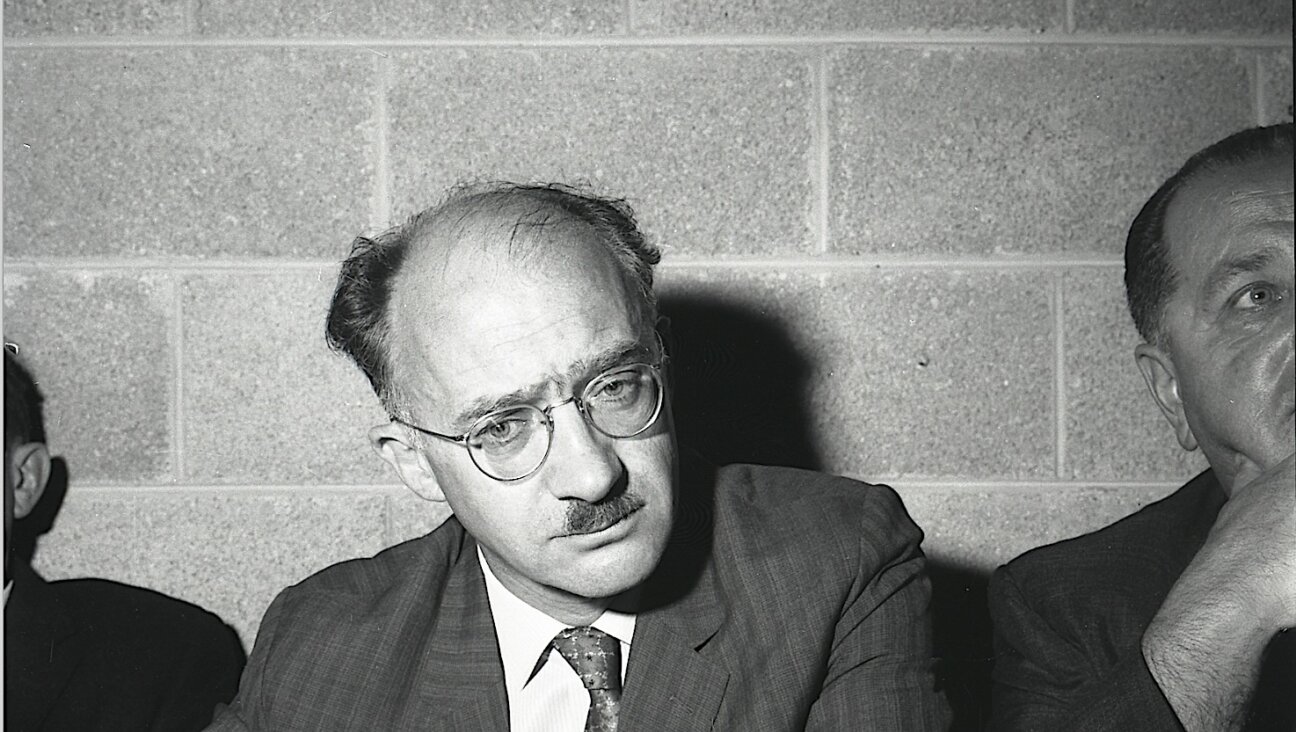How To Build A More Inclusive Jewish Community

Image by Jewish Federation of Greater Washington
Judaism values inclusion. Yet, according to a study conducted in 2013 by RespectAbilityUSA and JerusalemU, most American Jews with disabilities feel excluded from their own gathering places. National Jewish Disability Awareness and Inclusion Month (JDAIM), created in 2009, was designed to rectify this. As a community, we still have work to do. To that end, The Jewish Federation of Greater Washington is proud to announce the launch of our new online Inclusion Tool. This tool, which I had the honor of working to develop over the last two years, can be used by anyone with access to the internet. It is specifically designed to help synagogues and Jewish organizations self-evaluate their level of inclusiveness and move toward ensuring that all potential or current members feel fully welcome in their community.
As someone who has studied inclusion for many years, I have seen the power of awareness. Once people start becoming aware of all of the ways to make their space inclusive, the more they realize it is not inclusive enough. The Jewish Federation’s goal with this tool is not to shame anyone, but instead, inspire an ever-evolving, collaborative environment around inclusion. While every organization is at a different stage, progressing towards full inclusion strengthens our entire community, ensuring access to Jewish learning, traditions and community for all.
The tool focuses on six areas where change is the most necessary. These include 1. Physical Accessibility; 2. Communication; 3. Worship and Ritual; 4. Education; 5. Volunteer and Employment and 6. Social, Recreation and Leisure. The questions within each segment have been created by professionals in the field of inclusion as well as people with disabilities themselves. Questions range from fairly obvious topics like, “Is the bimah accessible to someone in a wheelchair?” to a more subtle issue like “Are books that portray individuals with disabilities in positive ways available in your congregation/agency and/or Hebrew School classroom libraries?”
All users are asked a set of self-evaluative questions that are designed to reveal their level of inclusivity. Upon answering all questions within a section, the tool will generate a customized report that lists accomplishments and suggestions for next steps. Along with the results, users will find links to resources collected by Federation to help facilitate the improvements suggested by the tool.
Of course, change does not happen overnight, it is a process. It involves attitudinal changes that challenge our perceptions and behaviors. It can involve financial commitments and prioritizing sometime limited resources. And being welcoming and accommodating doesn’t in and of itself guarantee inclusion. Inclusion is achieved when those with disabilities can unquestionably answer, “yes, I feel included”.
During this important month of Jewish Disability Awareness and Inclusion, you can participate by asking yourself, “How often do I see people with disabilities at my synagogue or gathering place?” If you answer “never” or “rarely,” I welcome you to propose the use of this tool at your synagogue or community. It you answer “often” or “always,” I welcome you to invite individuals with disabilities to join you in employing this tool. No matter the level of inclusion, this tool is designed to help everyone improve. Federation remains steadfast in our commitment to include individuals with disabilities and set a standard for the ways in which individuals are invited and encouraged to participate in Jewish life. We look forward to continuing to ensure that Greater Washington serves as a beacon of accessibility for all.
Interested in learning more or getting started? Access the tool here.

















